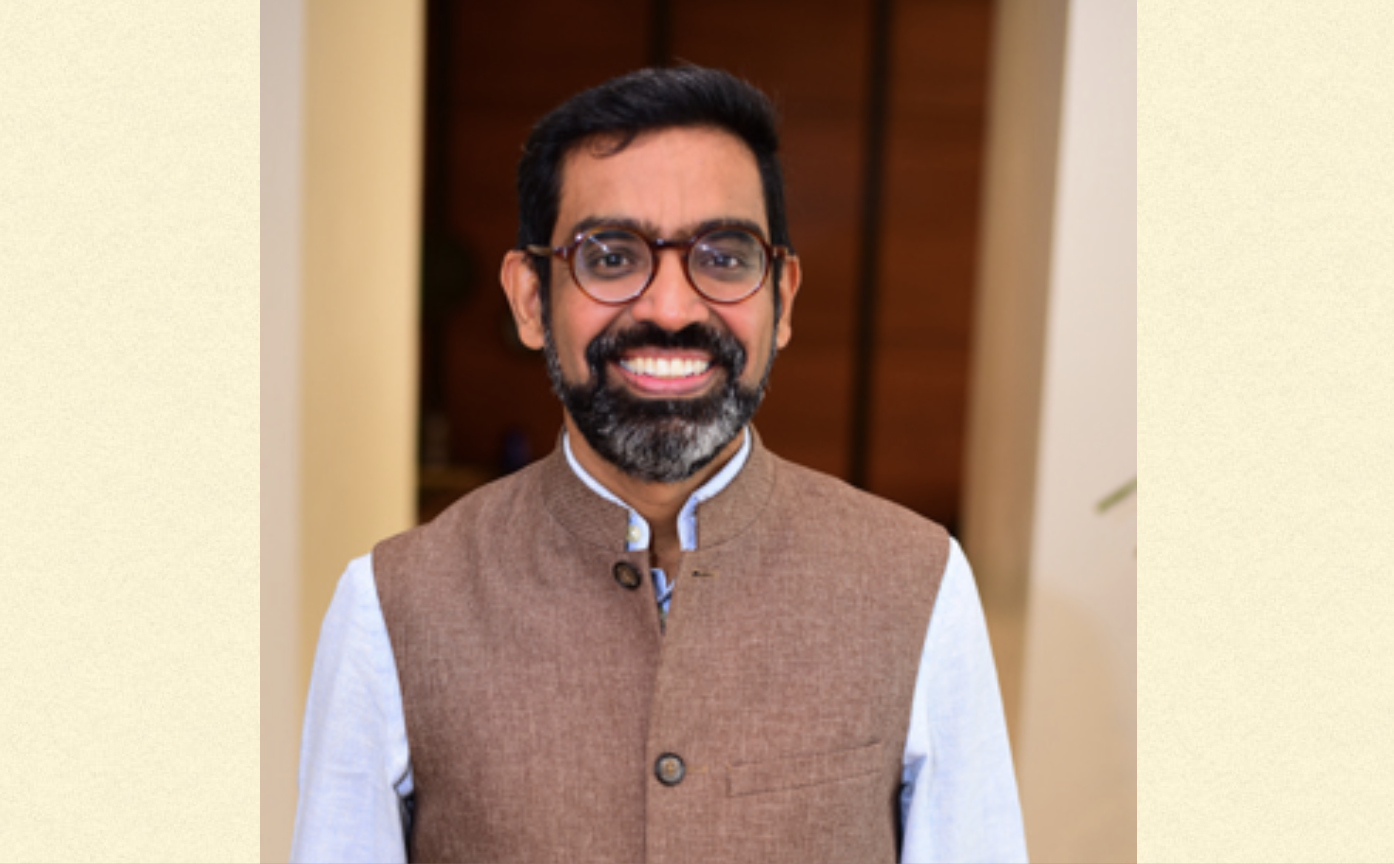Beyond Trade-offs is an ImpactAlpha podcast series, produced in partnership with Omidyar Network, in which impact investors look across the returns continuum at investment strategies to scale capital for impact.
- Interactive infographic. Explore each investor’s portfolio along the continuum of returns.
- Catch up. Take a spin through the full “Beyond Trade-offs” podcast series.
- Don’t miss an episode. Subscribe to ImpactAlpha’s podcasts on iTunes, Spotify, SoundCloud or Stitcher.
- Read the collection of essays on The Economist digital hub last year.
ImpactAlpha, May 16 –Today’s pipeline of attractive impact investments is built on yesterday’s unproven markets, unprepared enterprises and unappreciated customers.
From microfinance to affordable housing to off-grid renewable energy, segments once considered “concessionary” have developed into robust and mature opportunities for commercial investors seeking risk-adjusted market-rate returns.
Such market development doesn’t happen by itself, or all in the same way. In Episode 4 of ImpactAlpha’s Beyond Trade-offs series of podcasts, produced in collaboration with Omidyar Network, Vishal Mehta of Lok Capital recalls how the Delhi-based impact investor blended venture capital and grant funding to build markets for financial services, health care and education for low-income Indians.
“I call them public goods because if it is just left to the market by itself, it doesn’t work,” Mehta says in the interview with ImpactAlpha’s David Bank. “The market looking for market-rate returns won’t allocate enough capital on these spaces for them to grow by themselves.”
Lok’s experience, first in microfinance and later in the health and education sectors, is a vivid illustration of the answer to the question: Do impact investments require trade-offs between financial returns and social impact? It depends. In India, for example, clean drinking water, sanitation, electricity mini-grids, and education and healthcare focused exclusively on the underserved still require catalytic capital able to accept higher risks, lower returns or longer repayment horizons.
Such market-building investments can be truly system-changing, but such benefits may not redound directly to investors. “My sense is that the majority of the limited-partner universe in impact investing is still stuck with this market-return phenomenon,” Mehta says, “which is to say, ‘Yes, we’ll do impact, but we do not want to compromise on market-return expectations.’”
“I’m a skeptic of this whole rise of impact investing that is coming from large asset managers in the West,” he adds. He fears such funds are seeing impact investment simply as a kind of emerging market growth capital. “That is a little bit of a dangerous trend, because it could lead to major expectation mis-matches going forward.”
Base of the pyramid
Mehta was a student at the University of Michigan of the legendary C.K. Prahalad, co-author of “The Fortune at the Bottom of the Pyramid.” He returned to India and co-founded Lok to try to implement some of Prahalad’s ideas.
Back in 2004, when Lok launched, the only microfinance organizations were non-profit organizations and lending societies. The firm, whose mandate was to accelerate social and economic inclusion in India by improving access to basic services, believed the sector was diversifying enough that there were opportunities for private capital to invest, perhaps with some risk-reducing subsidy.
Lok’s first fund, of $22 million, focused on transforming non-profit microfinance entities into private, for-profit companies. The fund quickly faced a systemic obstacle: the small pool of skilled managers to help such enterprises grow. Lok raised a grant-based technical assistance facility to help train managers, upgrade information technology systems and otherwise transform the portfolio companies’ business models. Investors in the main fund, including the IFC and Dutch development bank FMO, agreed to supply grant capital as well.
“We were able to convince two or three of our investors in the fund itself to see this as a joint program, and not just their venture and risk capital,” says Mehta. Accion came on board as a mentorship and resources partner.
The model worked. After making its first investment in 2009, Lok fully exited the 10 companies it backed through its first fund in 2016, returning 10% in profits to its investors. All told, India’s microfinance sector has grown to include hundreds of publicly-listed, private and non-profit companies and organizations offering credit and loan products to 37 million low-income Indian households. Their collective loan portfolio has reached 3.6 trillion rupees, or $51.4 billion.
https://impactalpha.com/lok-capital-returns-65-million-to-investors-and-raises-80-million-more-e3f3985f8a74/
Market dynamics
For its second fund, Lok looked to build from its first fund’s model but expand beyond microfinance. “We said, ‘What are the two to three other sectors where our last-mile operation model of microfinance can be utilized and [where] there’s decent pipeline out there where entrepreneurs are wanting to build these inclusive-focused businesses?” Mehta explains. Selecting health and education, Lok II raised $65 million.
The market dynamics in health care and education are markedly different than microfinance. The structural weaknesses in education and health were more complex than Lok had faced in financial services, requiring even greater investments in public goods. Lok found opportunities in companies like Hippocampus, which focuses on early education rather than K-12 education, which is effectively off-limits to private, for-profit educators. In healthcare, the company is closing in on its second exit, in which it expects to make about a 15% internal rate of return.
“Believe me, to me that has been more difficult than a 40% return in financial services,” says Mehta. “These [other sectors] are very difficult and much more nuanced in terms of being able to complete a full cycle of investment and exit as well.”
To deepen its impact even further, Lok is piloting a high-impact fund self-financed from its own foundation, based on profits from the earlier funds. The earlier fund shared 50% of their “carry,” or profits, with the foundation.
“Literally my starting point is the impact,” Mehta says. “Tell me where the impact is. And by the way, can you service a very concessional rate of investment?” For one company, a low-interest loan is all the enterprise can support. Mehta says he won’t even try fundraising for the impact-first investments for at least two years until he has a track record.
“It’s not simple binary outcomes that you can expect,” Mehta concludes. “You have to split the risk return and impact in many thousands of ways.”
“Welcome to more and more shades of gray.”
https://impactalpha.com/beyond-trade-offs-how-leading-commercial-and-catalytic-investors-are-managing-for-impact-risks-and-returns/
https://impactalpha.com/goldman-sachs-big-investors-press-asset-managers-to-integrate-esg-and-impact-across-portfolios/
https://impactalpha.com/prudential-financial-an-80-20-rule-helps-an-institutional-investor-manage-its-risks-returns-and-impact/











